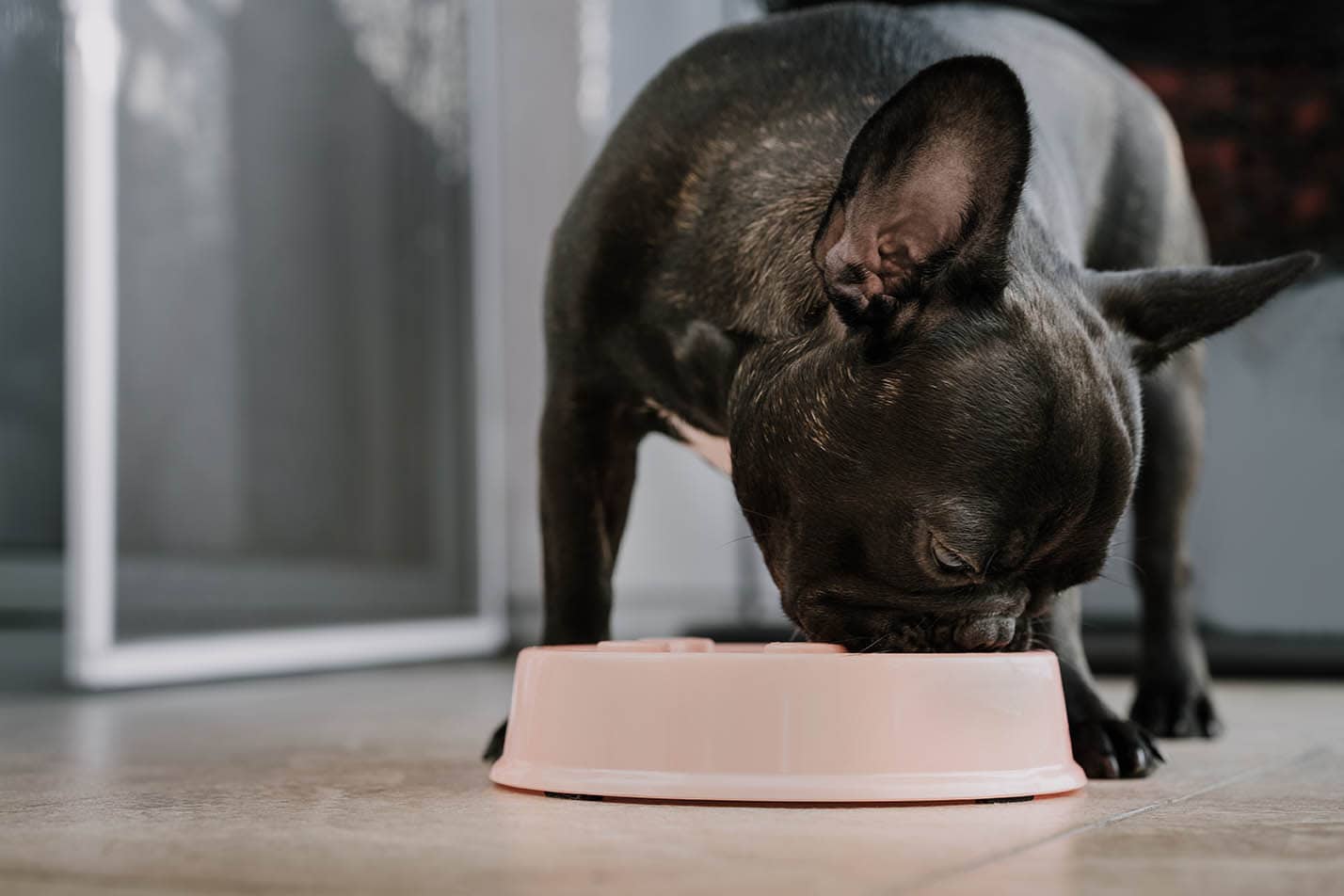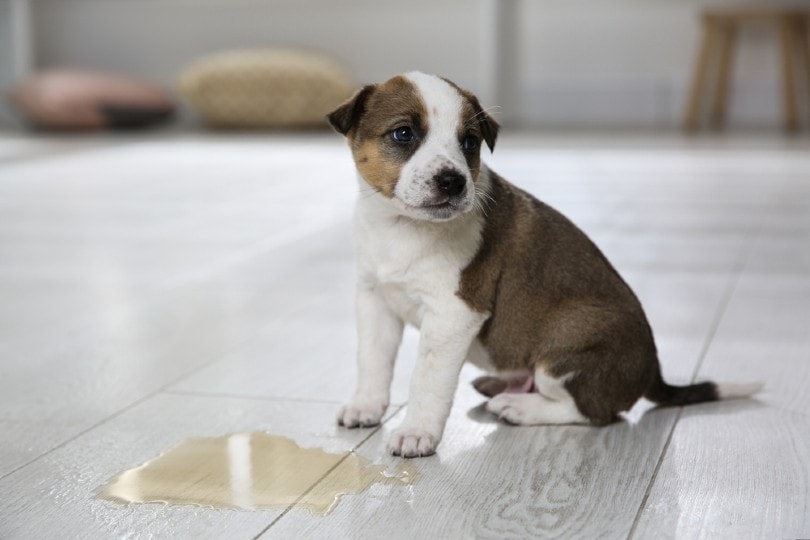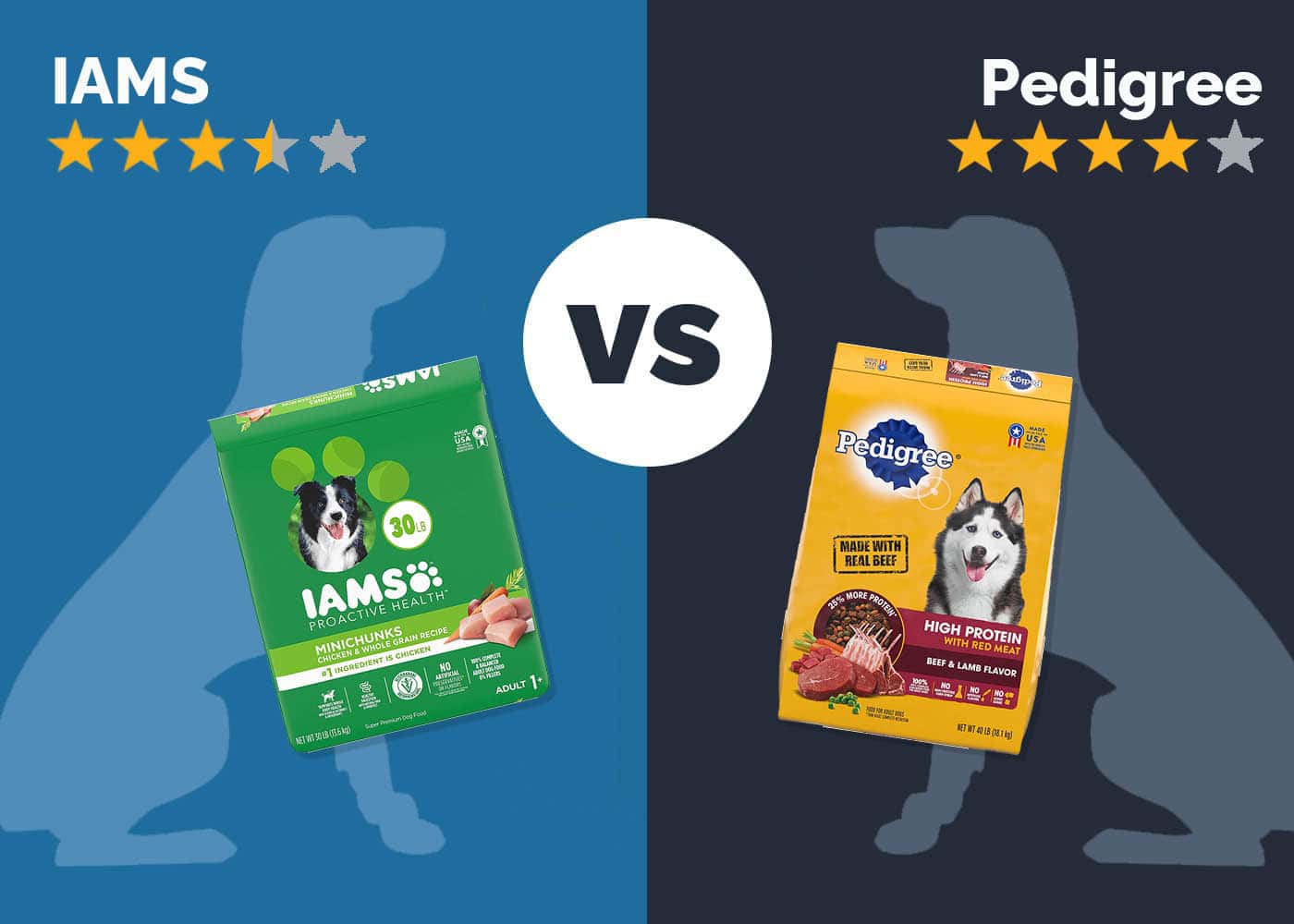Crate Training a Puppy While At Work: Step-By-Step Guide
By Ashley Bates
Updated on

Click to Skip Ahead
When you have a small puppy at home, normal life doesn’t stop. You still have to keep up with your other commitments, like work. So when your puppy is at home, there are some easy ways to navigate it to make it a better experience for all.
You will have to accommodate the pup at home to make them comfortable. And of course, you must prepare for accidents that are sure to happen if you can’t come home for over eight hours daily. This is where crate training can come in handy, and we’ll explain how to crate train a puppy while you’re at work in this article.
Step-By-Step Guide on How to Create Train a Puppy While At Work
1. Choose the Correct Size Crate
When your puppy comes home at roughly 8 weeks old, their size will vary based on breed, but one thing is for sure—they will grow like a weed!
This part can be a little complicated. After all, your puppy does a lot of growing in the first few months and can easily outgrow an enclosure. We recommend getting a crate with a divider so you can gradually increase the space without having to buy a new kennel.
You’ll want the crate to be just enough for your puppy to lay down comfortably. Too much space will encourage them to eliminate inside of the enclosure, and too little space will leave them cramped up.
If your puppy is not potty trained in the slightest, you won’t want to put in a bunch of bedding and blankets. They will most certainly saturate the items if they are still very small. Instead, use puppy pads or absorbent options to soak up any messes.
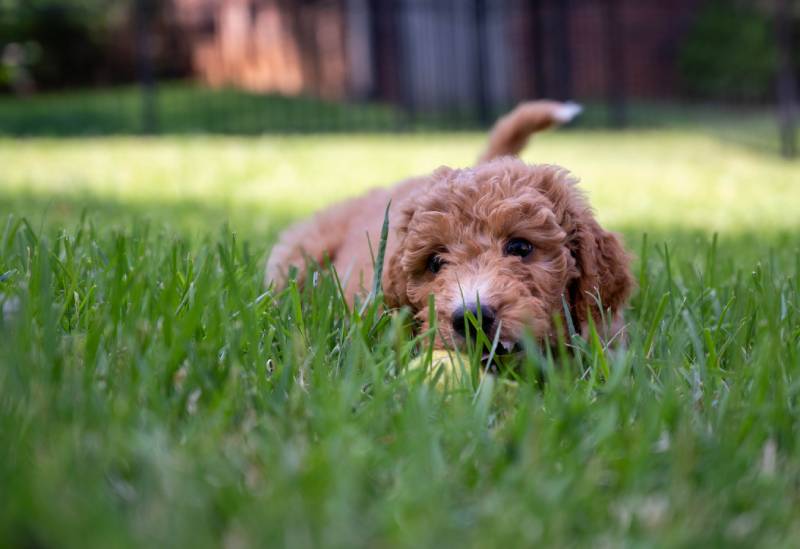
2. Get the Pup Used to the Crate Before Leaving
Before you start leaving your pup on their own during the day when you’re away, always get them acclimated to the crate first. Put them in a crate in a separate room from you while you are home, so they get used to their space even with you present.
They should always associate their crate with something positive and not a form of punishment. So, make sure to always use positive reinforcement to coax your puppy into the crate. Once your pup is used to the process, it will calm anxieties and create a more serene atmosphere.
3. Place the Crate on a Solid Surface
To avoid any mishaps while you’re gone, such as poop or pee slinging, don’t place the crate on a carpeted surface. Cleaning up messes in your carpet can be time-consuming and unsanitary. So, it’s best to avoid it where you can.
Also, make sure to leave the crate in a safe enclosed room. If your pup happens to escape while you’re away, you won’t want them to get into anything troublesome. If there are any small objects, open doors, or trash to get into—look out.
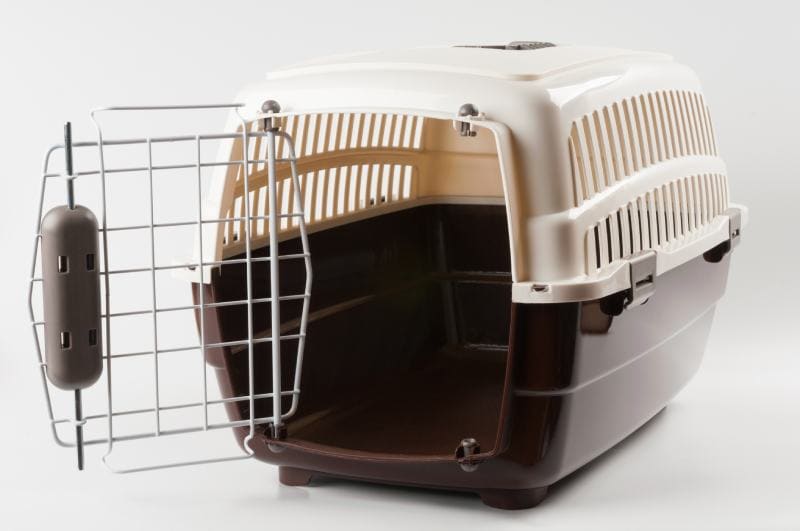
4. Go Home on Lunch or Have a Friend/Family Member Help
A workday can drudge on for a long time. Most people work between 6 and 12 hours per shift. If you have a small pup at home that has to go out every hour, this can pose a big problem. After all, you won’t want to leave them that long without a break (and some water!).
If it’s at all possible, go home on your lunch break. This way, you can let your puppy out of the enclosure to do their business and clean up any messes that might’ve happened in between. However, it’s best to not make them hold it until they can’t anymore.
If you have other members in the household on different schedules or older children coming home from school, they can help out when they can. You could also have a neighbor or extended family member pitch in to let the pup out occasionally.
This process should only go on for a few weeks until their bladders are strong enough to maintain longer crate times.
5. Hire a Pet Sitter
If you don’t have anyone to help you out with this training process, it might be time to look for some outside help. There are several pet sitters that can come over to let your dog out for a fee. If you are going to be gone more than 6 hours at a time, we highly recommend going this route.
Your pet sitter can come to take the puppy out and walk, make sure they go out to go to the bathroom, and feed or water them in between. Different rates will apply depending on your current location and individual pet sitting fees.
If you are having a stranger enter your home, no matter how professional, it might be best to install cameras or choose someone that you trust entirely. Also, it’s important that your puppy is comfortable, so always make sure to be there for the first introductions to let your puppy know it’s completely safe.
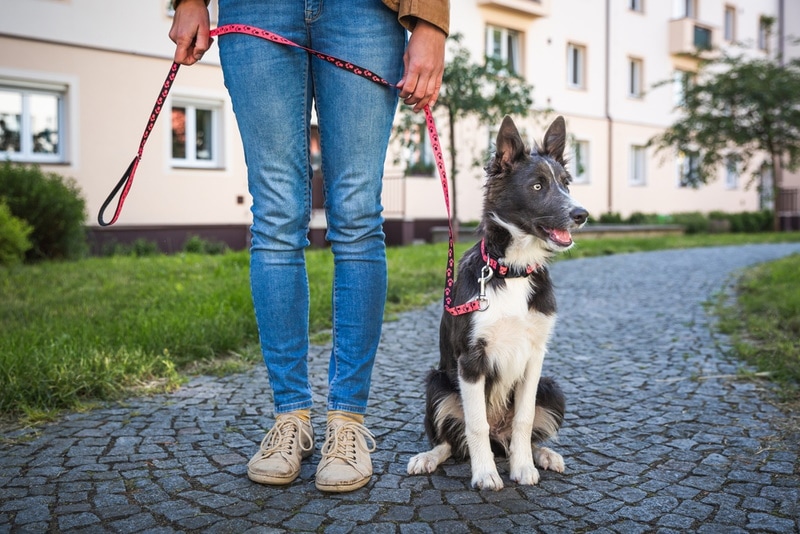
How to Make Your Pup More Comfortable
While you’re gone, you want to make their experience as painless as possible. Here are a few ways you can make your puppy feel like they aren’t so alone, and you can help them pass the time.
Provide Your Pup with Entertainment
You can leave your pup a chew toy or squeaker. We highly recommend rubber or another non-absorbent surface just in case they have an accident. You can simply rinse or clean the toy upon your arrival home and it’s no worse for the wear!
Your puppy will grow quite tired of looking at the same for walls and having nothing to keep them occupied. So, while you shouldn’t stuff your little one’s crate with toys, one or two will suffice.
Use Calming Aids
Calming agents are supplements that will help your puppy enter a more relaxed state of mind. There are different types such as chews, powders, and pills that you can administer at home. For the most part, yummy puppy chews are probably the easiest to dose.
You can buy calming aids for your puppy on sites like Amazon or Chewy. You can also ask your vet or go to virtually any pet shop for supplements. We recommend asking your vet for recommendations before you make a choice to ensure the safety of the product.
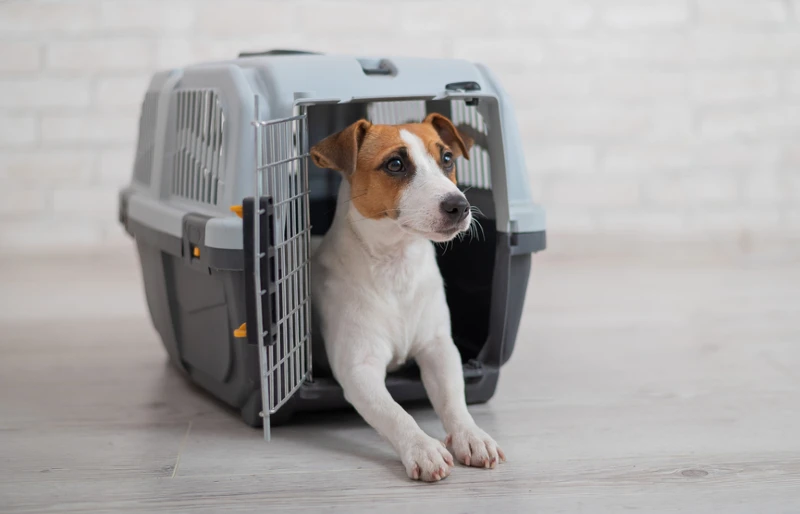
Use a Camera with Voice Options
You have to love the advancements in technology sometimes! With all these new in-home cameras, you can easily keep an eye on your pup throughout the day. Most cameras connect to an app on your phone, so you can check in to see what your little one is up to.
Many newer camera models also have a voice control option. You can actually talk to your puppy and it might make them feel more comfortable to hear your voice—especially if they are having a hard time. Keep in mind, this might backfire and increase separation anxiety in some dogs, so it’s important to know your dog pretty well before trying this.
Play Calming Music
Music has been scientifically proven to have calming capabilities. A study was actually done in the past that tested the effect of music on dogs—and which genre they liked the best. Researchers found dogs responded best to reggae and soft rock.
So, throw on some Bob Marley or Pearl Jam and call it a day! Not only will your pup develop a great taste in music, but they can also stay relaxed in the meantime.
Benefits of Crate Training
Realistically, there are more benefits to crate training than not. It teaches routine, schedule, and obedience. It speeds up the process of potty training and helps create an all-around calmer, more collected puppy.
Improves Potty Training Success
Crate training will invariably lead to your pup learning to hold their urges. Dogs are naturally clean animals that certainly don’t like soiling spots where they sleep. So, they quickly pick up on having to wait for you to let them out.
Granted, this takes just as much effort and learning on your part. You have to ensure you’re timing appropriately so they can go out as needed without being entirely miserable in the meantime.
Helps with Travel and Short Trips
If your pup is already used to being in a crate, traveling should go over very well. You can take them on short trips—like to the vet or groomer. You can also go on longer extended vacations or road trips without much fuss.
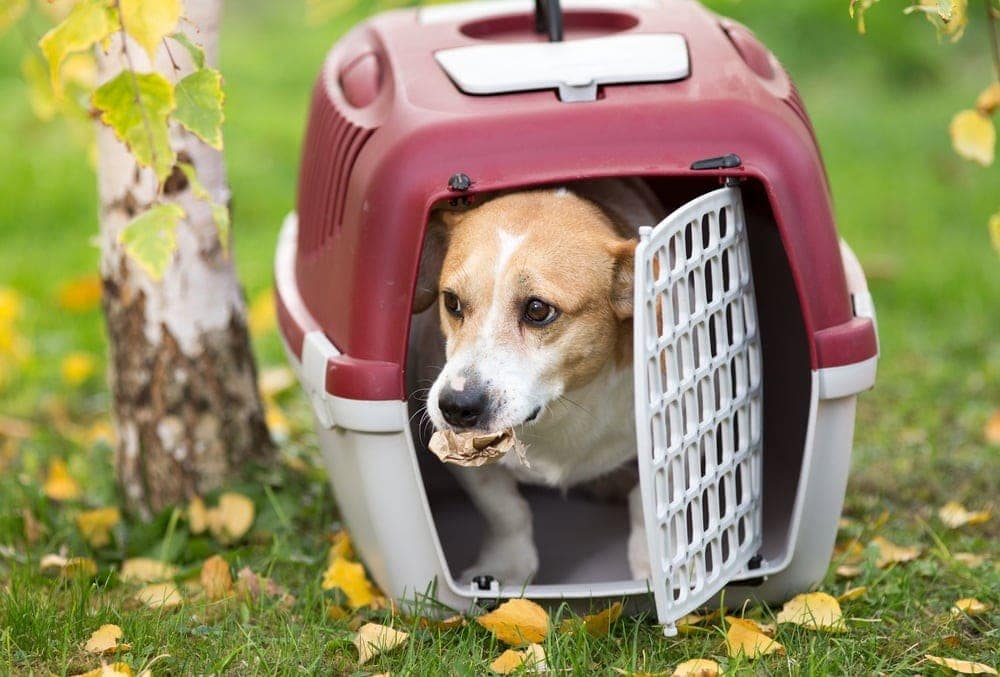
Crate Training Takeaways
- Remember to keep your pal comfortable.
- Make sure your pup is in an enclosed, carpet-free room.
- Make sure they are in the enclosure with adequate breaks.
- Get friends or family to help out during long shifts.
- Hire a professional, if needed.
- Use supplements, if needed.
- Give your pup some entertainment while you’re away.
- Remember to be patient.
Conclusion
You know what they say—this, too, shall pass. Crate training will be over soon, and you can be at work without worries. Just remember to explore all your resources and make the experience the best you can for both you and your pup.
Featured Image Credit: Jagodka, Shutterstock



